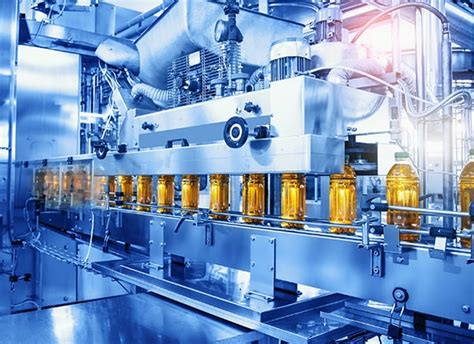The Complete Guide to Food and Beverage Systems
The food and beverage (F&B) industry is a vast and dynamic sector, encompassing everything from fine dining restaurants to casual cafes, from bustling bars to sophisticated catering services. A well-organized and efficient food and beverage system is crucial for success in this competitive landscape. This guide delves into the key components of a successful F&B system, covering everything from menu planning to inventory management and customer service.
1. Menu Engineering: The Heart of Your F&B System
Your menu is the cornerstone of your F&B operation. Effective menu engineering involves a strategic approach to pricing and item selection to maximize profitability and customer satisfaction. Consider these key elements:
-
Menu Planning: Analyze market trends, customer preferences, and your target demographic to develop a menu that resonates. Offer a diverse range of options to cater to different tastes and dietary requirements. Don't forget to include visually appealing descriptions!
-
Pricing Strategies: Calculate your food costs and apply appropriate markups to ensure profitability. Consider competitor pricing, but don't undervalue your offerings. Experiment with different pricing models, such as value meals or combo deals, to boost sales.
-
Menu Design: A well-designed menu is as important as the food itself. Use clear and concise language, high-quality images, and effective layout to enhance the customer experience.
2. Streamlining Operations: Efficiency is Key
Efficient operations are vital for minimizing costs and maximizing output. Consider these strategies:
-
Inventory Management: Implement a robust inventory system to track stock levels, minimize waste, and ensure timely ordering. Utilize technology like inventory management software to streamline the process.
-
Production Planning: Forecasting demand accurately helps prevent overproduction or shortages. This involves analyzing historical sales data, considering upcoming events, and making informed decisions about production quantities.
-
Staff Training: Well-trained staff are the backbone of any successful F&B operation. Invest in thorough training programs to ensure your team is knowledgeable about menu items, service procedures, and customer service best practices.
3. Technology Integration: Embracing Modern Solutions
Technology plays a crucial role in modern F&B systems. Consider the benefits of:
-
Point of Sale (POS) Systems: POS systems streamline ordering, payment processing, and inventory management. They provide valuable data for tracking sales, analyzing customer preferences, and improving business decisions.
-
Online Ordering and Delivery Platforms: Embrace online ordering and delivery platforms to expand your reach and cater to the growing demand for convenience.
-
Customer Relationship Management (CRM) Systems: A CRM system allows you to collect and analyze customer data to personalize interactions and improve loyalty programs.
4. Customer Service: The Key to Retention
Excellent customer service is paramount for building a loyal customer base. Focus on these areas:
-
Friendly and Efficient Service: Train your staff to provide prompt, courteous, and efficient service. A positive customer experience is essential for repeat business.
-
Addressing Complaints Effectively: Handle customer complaints professionally and promptly. Turn negative experiences into opportunities to improve your service and build trust.
-
Building Customer Loyalty: Implement loyalty programs, offer personalized recommendations, and create a welcoming atmosphere to foster customer loyalty.
5. Hygiene and Safety: Maintaining High Standards
Maintaining high standards of hygiene and safety is non-negotiable in the F&B industry. This involves:
-
Food Safety Procedures: Implement strict food safety procedures to prevent contamination and ensure the safety of your customers. Regular training and compliance with relevant regulations are critical.
-
Cleanliness and Sanitation: Maintain a clean and hygienic environment throughout your establishment. Regular cleaning and sanitation of equipment, surfaces, and utensils are essential.
By implementing these strategies and consistently prioritizing excellence in each area, you can build a robust and successful food and beverage system that attracts and retains customers while maximizing profitability. Remember, adapting to changing trends and continuously improving your processes is essential for long-term success in this dynamic industry.
